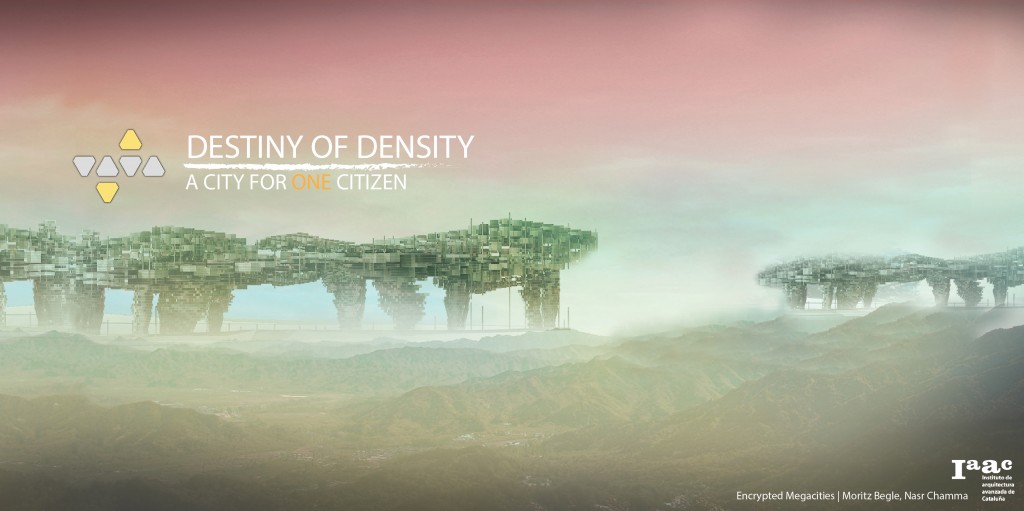Delirious New York & Bei-Jing city
The City of Needles
DESTINY OF DENSITY
“First we shape our buildings, then they shape us” [Winston Churchill, 1943]
When designing any random building we are indeed designing our future for they direct and manipulate the way in which we engage with our social values, educational, commercial and spiritual needs. Cities have always been a source of attraction for people living in suburbs and villages, and immigration has increased dramatically through the years making the amount of people living in the cities ascend from 10% in 1900, to 50 % in 2012 and 75% later in 2050; making each city a coin with two contradicting faces, the touristic smart face, and the social crises one. Blinded by the first face, people curiosity always encourage them to seek for more when it comes to better chances in life, making this city a large exhibition where designing buildings has become a competition between some brands or some fake modern pioneers seeking fame and declining “The Human Quality” the city should possess, focusing on the best ways to create a building that can be considered a “work of art” or the tallest building in the century depriving it from its surrounding in many cases.
Ecosophy City Model-Bogotá D.C
Ecosophy City Model (ECM) is proposing a theoretical machine for increasing the complexity of the City. The model articulates the concept of Three Ecologies, formulated by Felix Guattari. The model pretend to extend the traditional vision of ecology, proposing a new model of sustainability, that is structured in social ecology, environmental ecology and ecology of mind. ECM encodes agents behavior for modeling complex autoadaptive city. These agents behave to inferring the design of Nonlinear Infrastructure in order to optimize the complexity of the city under ecosophy approach. The Agents will be able to explore new configurations of public spaces, generating the multiplication of the singularity and amplifying the resolution of urban design.
Open World City | Rio De janeiro + Space, Time and Play
With +12 million people and beautiful landscape, Rio De Janeiro sets an example of a charming mega-city. However, it also sets an example of a disconnected city with many social and natural boundaries. This observation comes in contrast to the idea which we have found in “Space, Time and Play” book that the cities in the video gaming world are border-less and connected, creating an open-world city experience. Combining those two notions together rises the question of how we can create a continuous city growing horizontally and vertically through opening new territories and unlocking growth patterns, in respect to the natural givens, that make the citizen a super hero in his own city.
Instant City
We understand cities as huge density moments of information. Data is continuously moving around the world, but in some sites it creates big nodes where de culture appears. Our project express this idea through particles of information that move constantly and when they intersect they create huge bubbles of density.
This means that all the process is lead through the Deleuzian concepts of topologies: there is a body plan that sets some rules, and then a big family of designs appear. Moreover, this final design is topological because what happens in one part of the hole body has a consecuence in the rest of the design: all the information system is interconnected.





